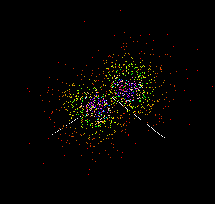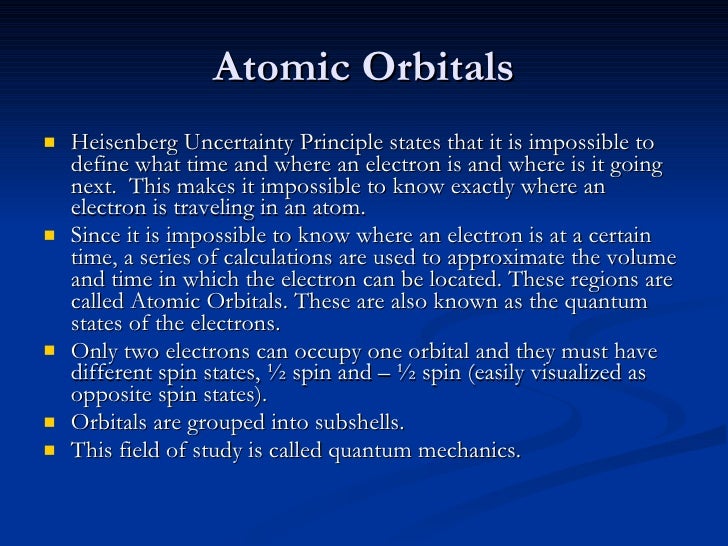
Some properties of the transition elementsĭensity (grams per cubic centimetre, 20 ☌) The remaining d-block transition metals and some of their characteristic properties are listed in the Table.

Similarly, because zinc, cadmium, and mercury exhibit few of the properties characteristic of the other transition metals, they are treated separately ( see zinc group element). Because scandium, yttrium, and lanthanum actually do not form compounds analogous to those of the other transition metals and because their chemistry is quite homologous to that of the lanthanoids, they are excluded from the present discussion of the main transition metals.
ATOMIC ORBITALS DEFINITION CHEMISTRY SERIES
These three main transition series are included in the set of 30 elements often called the d-block transition metals. The third series extends from lanthanum (symbol La, atomic number 57) to mercury (symbol Hg, atomic number 80). The second series includes the elements yttrium (symbol Y, atomic number 39) to cadmium (symbol Cd, atomic number 48). The first main transition series begins with either scandium (symbol Sc, atomic number 21) or titanium (symbol Ti, atomic number 22) and ends with zinc (symbol Zn, atomic number 30). The transition metals may be subdivided according to the electronic structures of their atoms into three main transition series, called the first, second, and third transition series, and two inner transition series, called the lanthanoids and the actinoids. Without exception, the elements of the main transition series (i.e., excluding the lanthanoids and actinoids as specified below) form stable compounds in two or more formal oxidation states. Third, most of these elements dissolve in mineral acids, although a few, such as platinum, silver, and gold, are called “noble”-that is, are unaffected by simple (nonoxidizing) acids. Second, the transition metals form many useful alloys, with one another and with other metallic elements. Many of the elements are technologically important: titanium, iron, nickel, and copper, for example, are used structurally and in electrical technology. The range in these properties is considerable therefore the statements are comparative with the general properties of all the other elements. The most striking similarities shared by the 24 elements in question are that they are all metals and that most of them are hard, strong, and lustrous, have high melting and boiling points, and are good conductors of heat and electricity. Specifically, they form Groups 3 (IIIb) through 12 (IIb). They occupy the middle portions of the long periods of the periodic table of elements between the groups on the left-hand side and the groups on the right. While the term transition has no particular chemical significance, it is a convenient name by which to distinguish the similarity of the atomic structures and resulting properties of the elements so designated. Transition metal, any of various chemical elements that have valence electrons-i.e., electrons that can participate in the formation of chemical bonds-in two shells instead of only one.
ATOMIC ORBITALS DEFINITION CHEMISTRY HOW TO



 0 kommentar(er)
0 kommentar(er)
